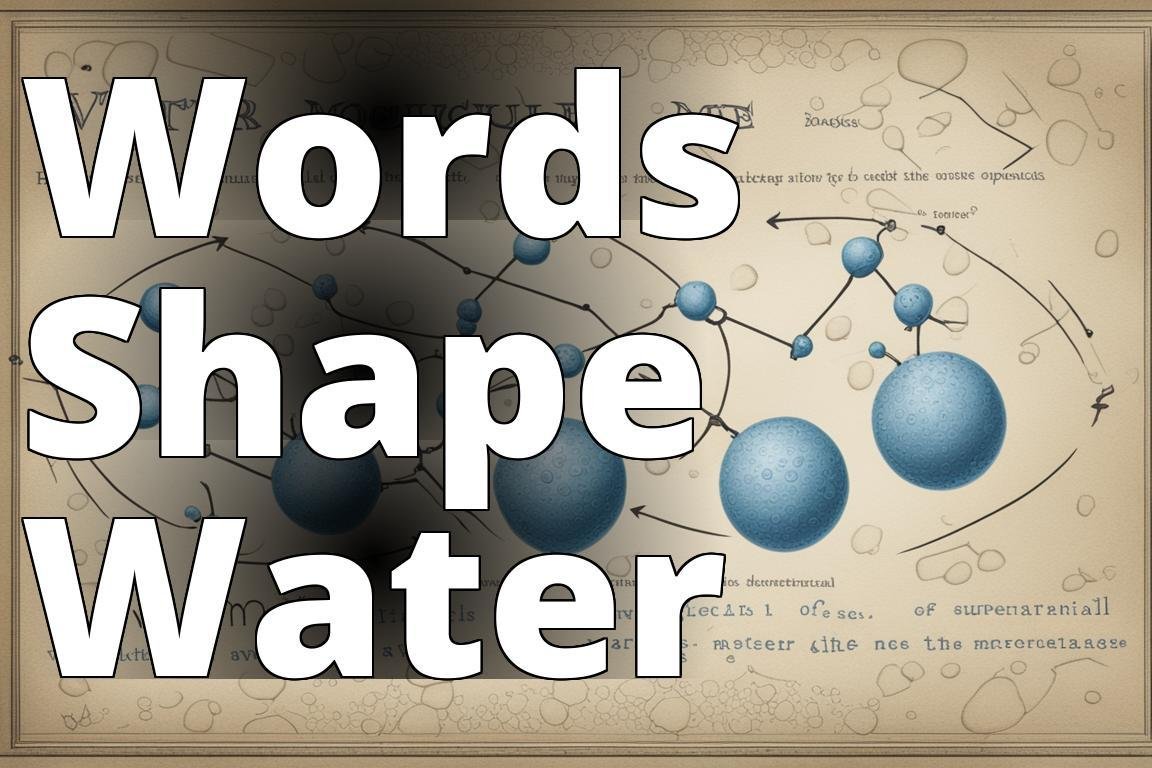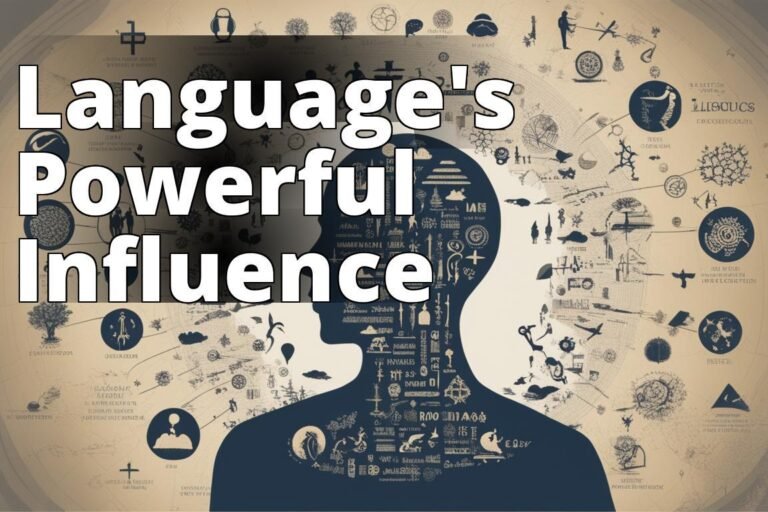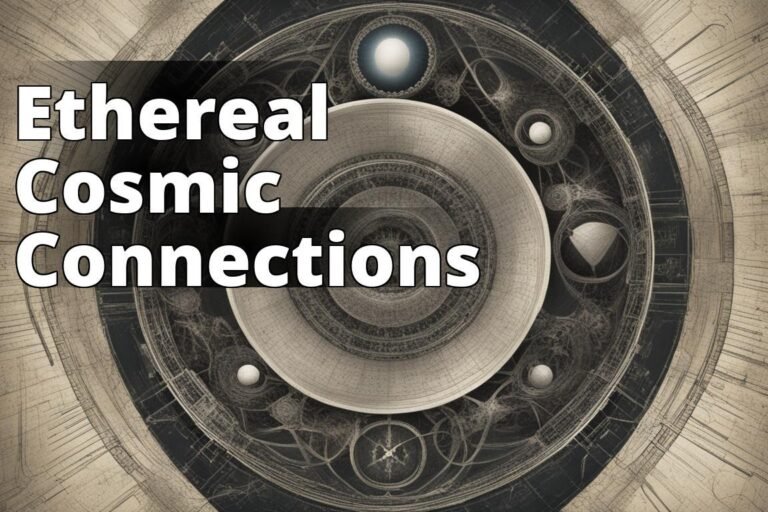The Japanese Experiment That Showed How Words Affect Water
Have you ever stopped to consider the impact your words might have on the world around you? Not just on people or pets, but on objects, or even on the molecules that make up everything we see and touch? This might sound like something out of a fantasy novel, but a Japanese experiment, led by Dr. Masaru Emoto, suggests there could be more to this idea than you might think. Dr. Emoto’s research, often controversial and debated, proposed that human consciousness, particularly words, could influence the molecular structure of water. Lets dive into the depths of this intriguing study and explore whether theres a tangible connection between our words and the world of water molecules.
Learn about Japanese water experiment
- Words affect water structure
- Experiment setup and results
- Implications for power of words
The Power of Words
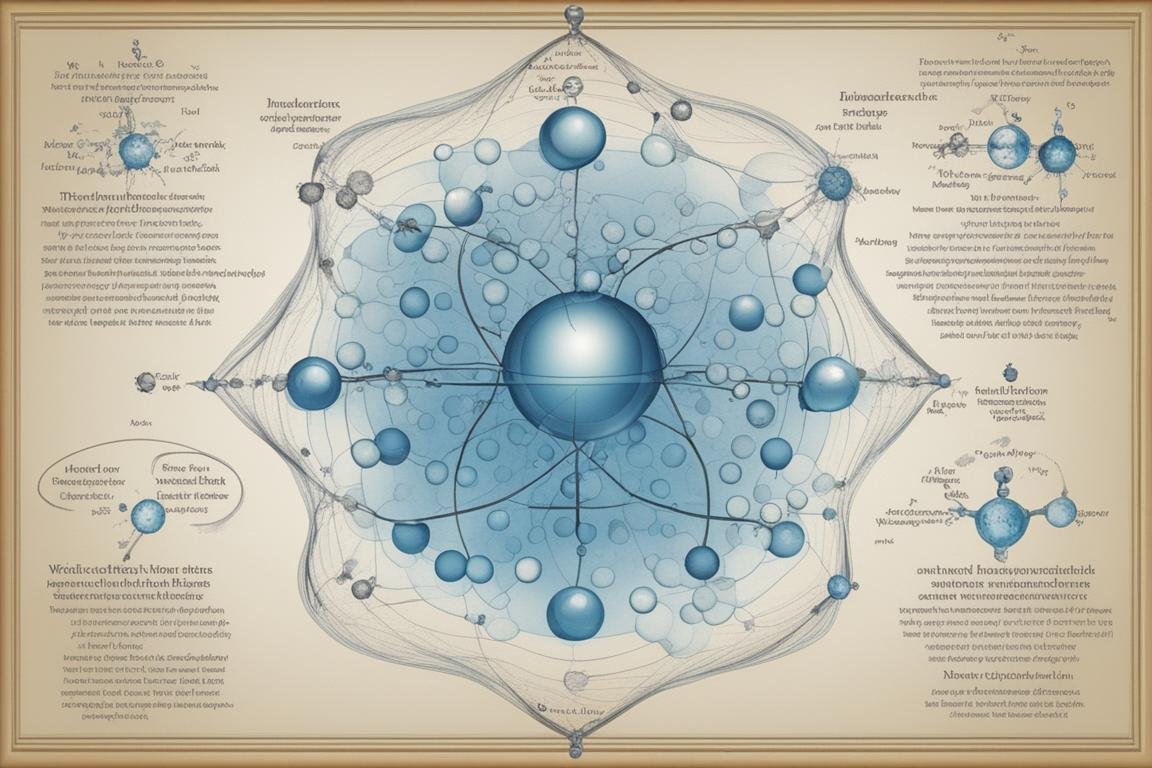
Words are powerful. They have the ability to lift someone’s spirits, to start wars, to express love, and to heal. But could they also alter the physical properties of water? According to Dr. Masaru Emoto, the answer is a resounding yes. Emoto believed that water, being a primary component of the human body and covering a vast majority of our planet, serves as a mirror reflecting the consciousness of the human soul.
From a personal perspective, I’ve always been fascinated by the idea that our intentions can shape our reality. Whether through prayer, meditation, or simply speaking kindly to oneself and others, the notion that these practices could have a tangible effect on the physical world is deeply appealing. Emoto’s experiment gave this belief a form, a way to visually represent how positivity and negativity could manifest in the world around us.
The Experiment
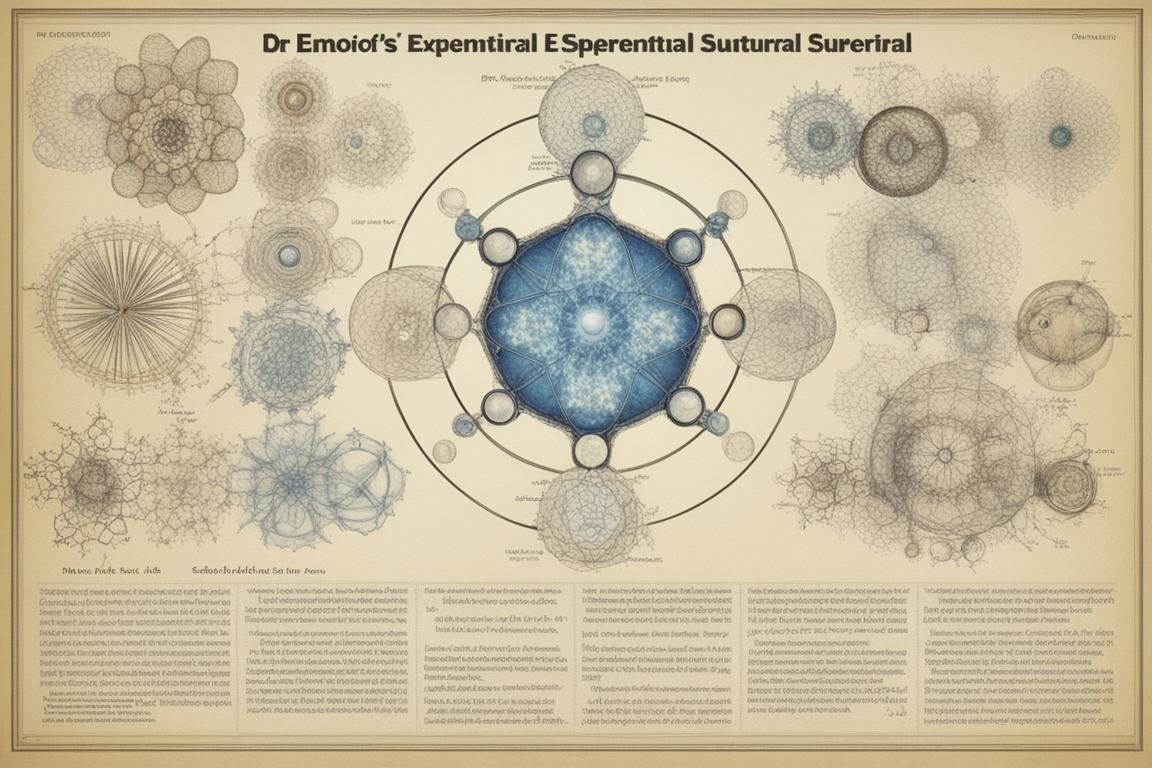
Dr. Emoto’s experiment was straightforward yet profound. He exposed water in glasses to different words, pictures, or music, and then froze the water to observe any changes in the crystal formation. The water exposed to positive affirmations, beautiful images, and harmonious music supposedly formed aesthetically pleasing crystals, while those exposed to negative influences formed disfigured or no crystals at all.
Critics argue that Emoto’s methodology lacked scientific rigor, pointing out that he never published his results in a peer-reviewed journal where other scientists could evaluate and replicate his work. Despite this, the visual evidence he presented in his books and lectures captivated a global audience. It’s a concept that seamlessly blends science with spirituality, appealing to a broad spectrum of beliefs and disciplines.
The Results
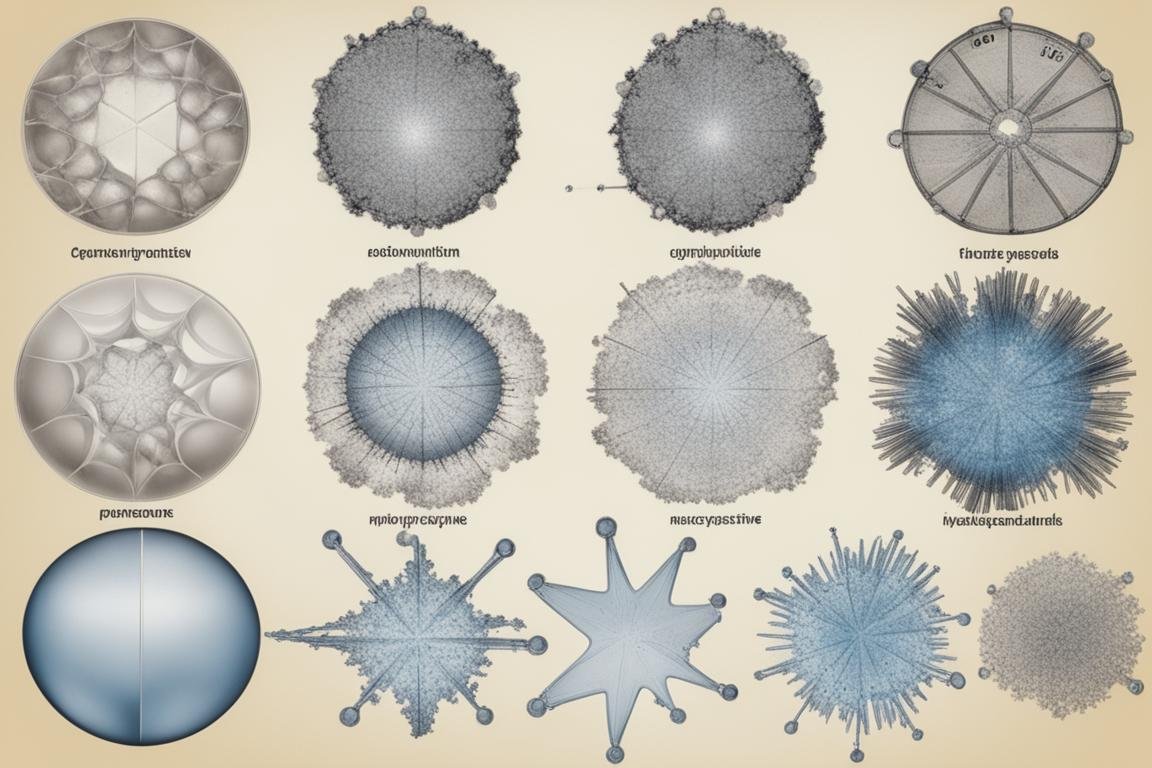
The images released by Emoto are striking. They show clear, snowflake-like crystals formed in water that was exposed to positive words like “love” and “gratitude,” contrasting sharply with the chaotic or non-existent crystals from water exposed to negative words such as “hate” or being ignored. These results, according to Emoto, illustrate not just the power of words, but the sensitivity of water to the emotional content carried by those words.
I remember seeing these images for the first time and feeling a mix of awe and skepticism. It’s hard not to be drawn to the idea that positivity can create beauty, even at a microscopic level. Yet, without the rigorous validation that comes from peer review, these results remain in the realm of speculation and personal belief rather than scientific fact.
The Implications
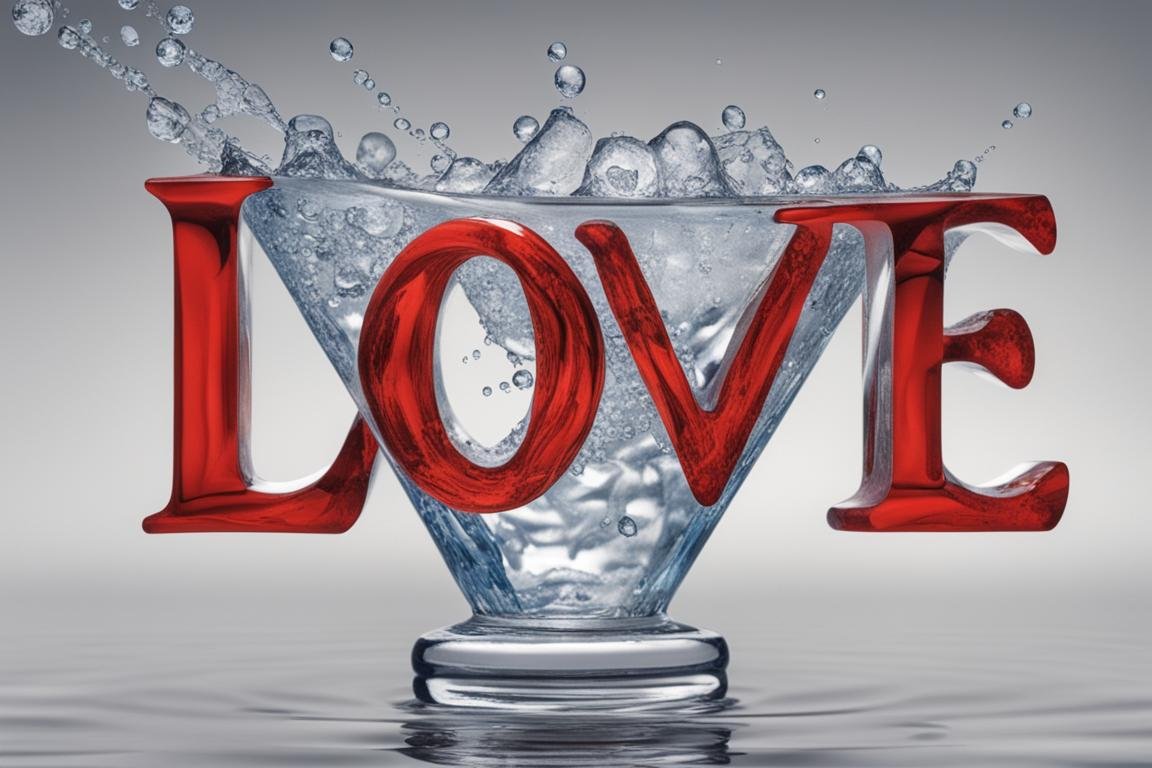
If Emoto’s findings hold any truth, the implications are vast and varied. It suggests that our intentions, words, and thoughts could have a direct impact on our physical health, given the high water content in the human body. It also points to a larger, more interconnected universe where consciousness can influence matter.
This perspective invites us to consider the power of our words and thoughts not just on a personal level but on a global scale. Could collective positivity, expressed through prayer or meditation, influence the well-being of our planet? It’s a tantalizing thought, one that promotes a worldview centered on compassion, understanding, and mindfulness.
The Power of Prayer

The idea that prayer could influence the physical world is not new, but Emoto’s experiment offers a unique lens through which to view this ancient practice. Whether or not you subscribe to any particular religious belief, the notion that collective intention or prayer could have a tangible impact on our environment is both empowering and humbling.
Personally, I’ve experienced moments where collective prayer and intention seemed to bring about positive change, whether in the health of a loved one or the resolution of a difficult situation. While it’s impossible to prove the direct impact of these prayers, Emoto’s work encourages us to keep an open mind about the unseen forces at play in our lives and the universe.
Conclusion
Dr. Masaru Emoto’s experiment on how words affect water is a fascinating blend of science, spirituality, and art. While the scientific community remains skeptical of Emoto’s claims due to the lack of rigorous testing and peer review, the visual evidence and the underlying message of his work resonate with many. It invites us to consider the impact of our words and thoughts not only on ourselves and others but on the very fabric of the physical world.
Whether you view Emoto’s experiment as a groundbreaking scientific discovery or a beautiful metaphor for the power of positivity, it’s a reminder of the profound impact our internal world can have on the external. As we navigate through life, may we all strive to fill our glasses with words of love, gratitude, and kindness, and perhaps, in doing so, we can create a more harmonious world, one crystal at a time.
Insider Tip: For those looking to explore further, consider conducting your own experiments with words and water. While it may not meet the standards of a scientific study, it could offer personal insights into the power of intention and positivity.
For more intriguing stories and experiments, check out our sitemap.
FAQ
Q. Who conducted the Japanese Experiment with Words on Water?
A. Dr. Masaru Emoto conducted the Japanese Experiment on Words on Water.
Q. What is the Japanese Experiment with Words on Water about?
A. It investigates how words and thoughts can affect the structure of water.
Q. How can one replicate the Japanese Experiment with Words on Water?
A. By exposing water to different words or thoughts and observing any changes.
Q. What if I am skeptical about the Japanese Experiment with Words on Water?
A. The results are controversial, but some believe in the power of intention.
Q. Who can benefit from learning about the Japanese Experiment with Words on Water?
A. Individuals interested in exploring the connection between thoughts and water.
Q. How does the Japanese Experiment with Words on Water relate to physics of the supernatural?
A. It delves into the supernatural realm by exploring the impact of energy on water molecules.

